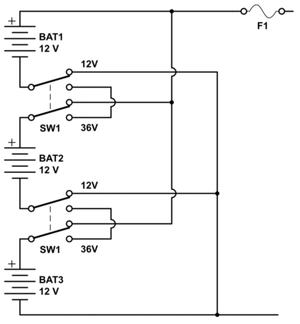Prices for big corporate systems have come back down from the stratosphere, but that doesn’t mean you need to buy.
Back in the late 1990s, a software salesman could look you in the eye and say with a straight face that his company’s enterprise system would cost you $1 million. Mercifully, those days are over. According to a survey released this week by research firm Yankee Group, the number of seven-figure deals for enterprise resource planning (ERP) and supply-chain management (SCM) software dropped by 62 percent between the fourth quarter of 2000 and the second quarter of 2002. That’s bad news for the vendors — shed no tears for them — but good news if you’re looking to make a major purchase, as you can now get the technology you need at a more reasonable price.
Here’s more good news: The average enterprise IT budget has finally bottomed out and is actually going up — an increase of 3.7 percent is expected in the next 6 to 12 months, according to tech research firm Aberdeen Group. That’s certainly more modest than the 10 to 15 percent growth rates of the 1990s, but it beats the declining IT budgets of the past year or two.
Of course some companies are still paying off the big tech purchases they made during the past few years. The result: a new conservatism among IT buyers. “The market is dictated much more by market fundamentals now,” says Hugh Bishop, a senior vice president at Aberdeen. “A lot fewer organizations are willing to put in place a brand-new application just because the competition is doing it.” Yankee senior analyst Mike Dominy agrees, pointing out that with the passing of the Y2K and dotcom threats, “companies no longer have a burning reason to upgrade or replace existing applications.” Besides, with a sagging market for many companies’ products, increasing productivity is no longer a valid selling point. Why would you want to produce more cars or bars of soap if you can’t sell what you’ve already made? “The CIO’s job now is to understand accounting laws and how to comply with GAAP (generally accepted accounting principles),” says Alan Boehme, chief information officer of Best Software.
Many IT managers are opting instead simply to upgrade what they already have in place. It’s the technology equivalent of putting more water in the soup. Already installed a sales-force application system? Consider extending that application to handheld computers or mobile phones. The same goes for hardware and network infrastructure. If you have hard disc storage on your servers that’s going unused (a common problem for many companies), look at storage-area network technologies and storage-management systems that can help you better work with the capacity you already have, deferring the day when you’ll have to buy more.
Application integration tools are especially relevant in this environment. “Companies are looking around and saying, ‘OK, I bought all this stuff, how do I make it work together?'” says Yankee’s Dominy. If companies are still buying from ERP and SCM vendors, they’re more likely to purchase smaller applications that have a clear, quick return on investment, such as software for managing a fleet of delivery vehicles, rather than full-blown, end-to-end systems. “Money is going into IT administration and management (including data center integration) and application integration,” agrees George Zachary, a general partner at venture capital firm Mohr Davidow. “Money is going very slowly into business-process-oriented IT (such as CRM).”
Another trend in your favor is that companies are increasingly able to reduce their up-front costs by buying technology on a subscription model. If you deploy a software package widely and use it for a long time, you still might end up spending $1 million — but that elephant is easier to swallow one bite at a time, rather than all at once. That explains the continuing appeal of low-end application service providers like Salesforce.com, which charges just $87 per employee per month. But it’s not just ASPs and outsourcers that put forth such deals; traditional software vendors are now more likely to offer lease options for their enterprise products. “There’s more room to bargain,” says Aberdeen’s Bishop.
Lower prices, bigger budgets, more flexible financing options — add it all up and your technology staff should have plenty to smile about these days.
Link: The Death of the $1 Million Software Package
Link broken? Try the Wayback Machine.

